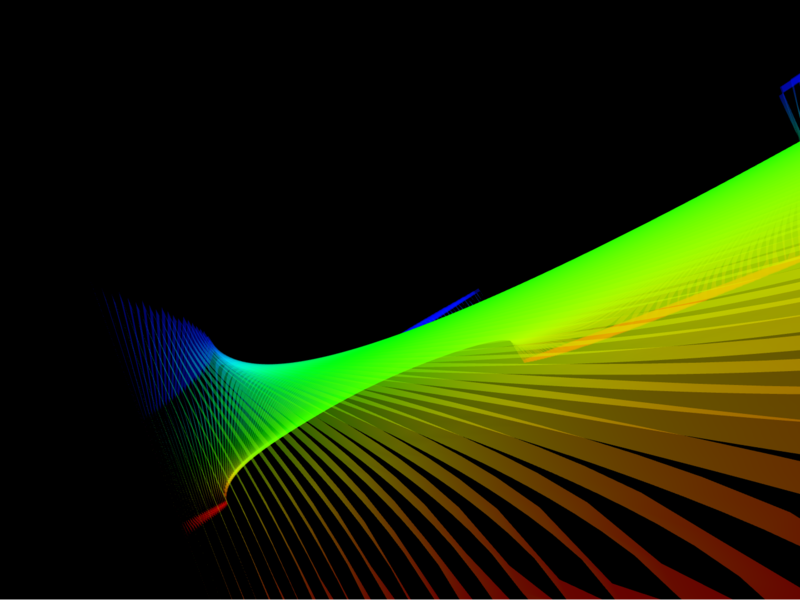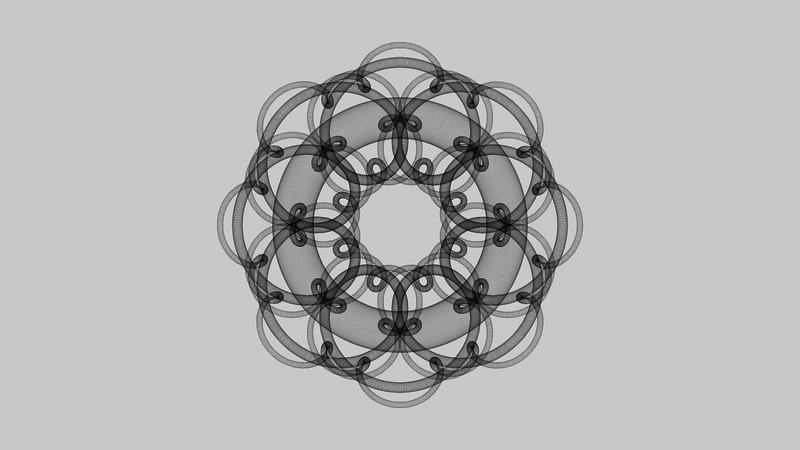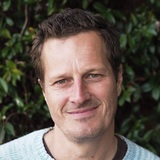On tour: Michael in Iceland
I’m in the second week of a month-long artistic residency at the Fjúk Art Centre in Husavik, Iceland. I’m exploring ideas generated by being here, in this place, at this time: my two works so far have been inspired by daylight variation by latitude and time (we’re just 50 km from the Arctic Circle, and the spring equinox has just passed), and by the solar eclipse which we saw last week.
Husavik is a small, remote town and I have lots of time to work on my art: I’m able to take that time thanks to my extraordinarily talented colleagues back in Australia and around the world, working from Canberra and Melbourne and Sydney and Newcastle and Kyneton and Thailand and the Philippines and New Zealand and Laos, thanks to having systems set up where we can communicate and share ideas and work across time zones and distance. A decent laptop and smartphone and a local SIMM card and Slack and Basecamp and Dropbox and Gmail make it possible to make a useful contribution from anywhere with access to the internet.
My days are simple. I wake up and the weather tells me if it’s possible to go for a run or a walk: about half the time, it’s snowing or too windy or some combination of both. Then to the bakery for some breakfast, and into the studio, which is a converted fishing coop: my studio is a disused fish refrigerator.
And then I work. My main tool is the open-source visual design framework Processing, and that’s a deliberate choice: it’s a tool I’ve used for years, one I’m familiar with. I’m here to do art, not to learn a new technology: I want to be able to express my ideas, not fight a new application. In a field where new frameworks and languages appear regularly, it’s hard to know what to pick up and what to leave on the table. Will this new tool make me more productive, better able to express myself? Or will I spend more time adapting my thinking to the new techniques than I will actually performing what I came here to do? On the other hand, having deep expertise in an obsolete technology is both a cause for regret and leaves you open to the sunk-cost fallacy: at some stage, you have to let techniques go and learn new ones. Navigating those tensions is essential to long-term success in an evolving field.
I plan to complete three or four projects while at Fjük. So far I’ve done two:

Diurnal is an exploration of a mathematical object, a three-dimensional visualisation of the amount of daylight by day-of-year and latitude. Live-rendered flybys are projected on the wall, filling the viewer’s vision. The effect is powerful at large size, and I’ve sent some frames off to be printed on glass. I’m planning to add some synthesised audio for an exhibition at the end of the month.

Orrery is prompted by the solar eclipse: it’s a two-dimensional three-body system with parametric variation of orbital periods, radial distance and element size. Exploring the parameter space gives rise to interesting variations, even within a limited range of options. I can create an arbitrary number of unique figures, from which I’ll print thirty or forty as well as giving a talk and showing animations.
At the end of the day, I either cook myself a small meal or, more likely, have a meal at the pub ten metres from the studio: I think, read and write. Then off to bed, at which time the Australian team is just coming into work: I spend an hour or two with them on Slack, then to sleep. It’s a good life. I miss my partner K and my everyday interactions with people I know – but on the other hand I get to work intensively on something I love in a wild arctic landscape.
